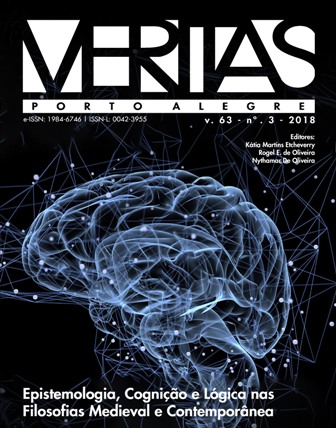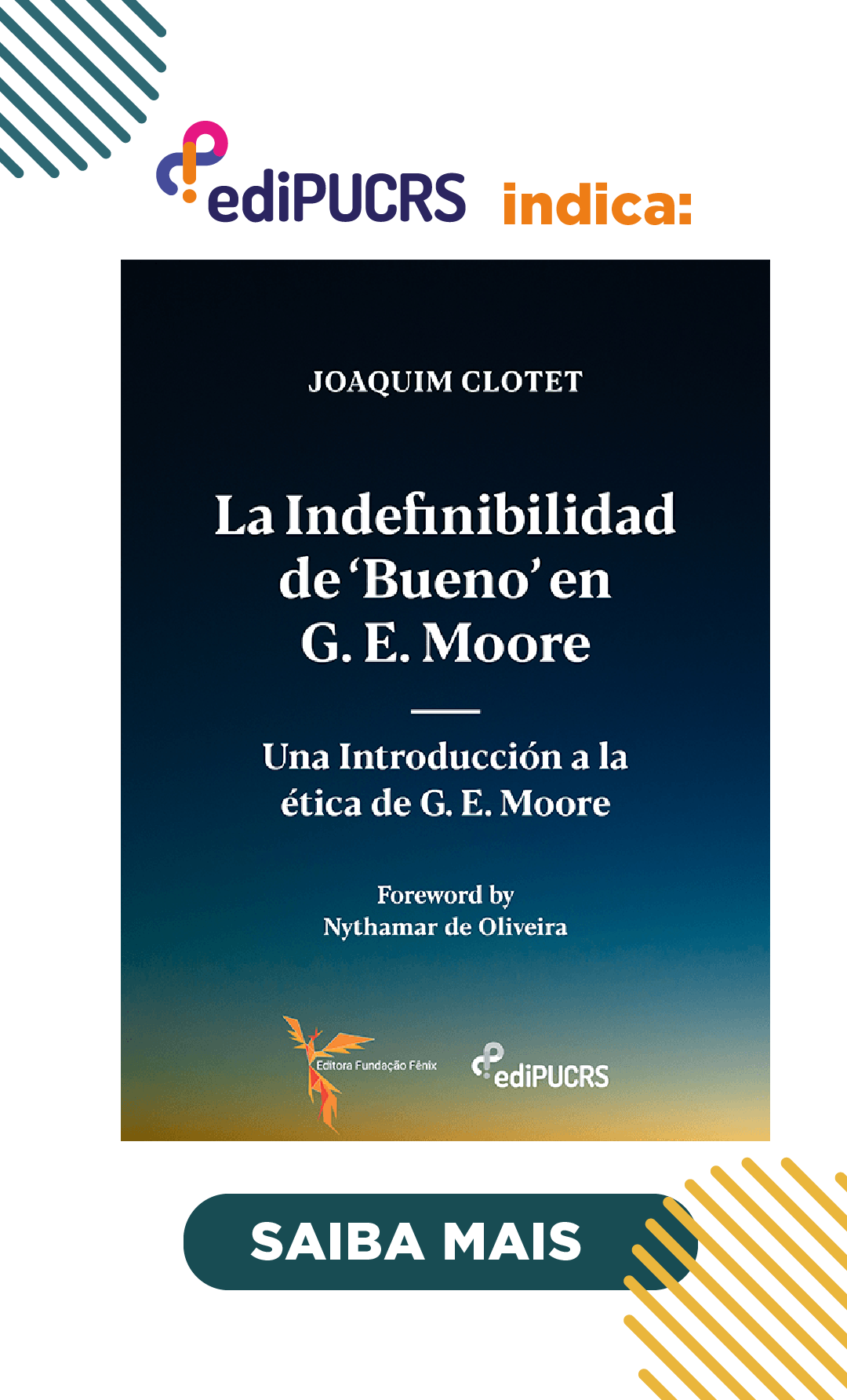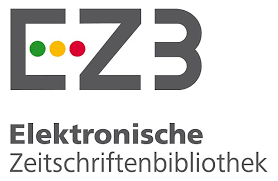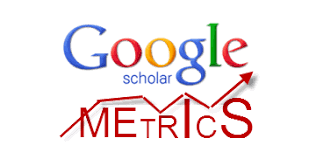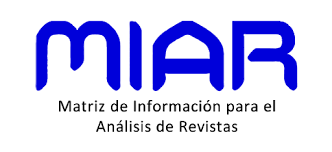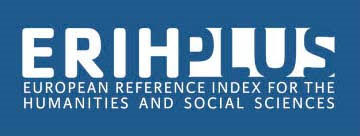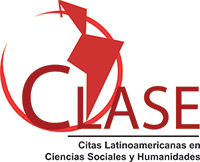O que é, afinal, conhecimento cumulativo?
DOI:
https://doi.org/10.15448/1984-6746.2018.3.22002Palavras-chave:
acumulação, continuidade, Sarton, Conant, Kuhn.Resumo
Depois dos anos 60, e especialmente depois da repercussão da obra kunhiana, tornou-se comum a distinção entre o ponto de vista continuísta e o descontinuísta na avaliação do desenvolvimento científico. Kuhn passou a ser visto como o grande descontinuísta ao lado de Koyré e Butterfield e foi considerado o causador de uma grande mudança no modo de se conceber o desenvolvimento da ciência. Em diversas abordagens, a noção de continuidade tem sido, muito frequentemente, equiparada à acumulação, que implica necessariamente a negação da existência de revoluções científicas. Neste trabalho, buscamos mostrar que o emprego dos adjetivos “cumulativista” ou “continuísta” em oposição ao termo “descontinuísta” pode tanto suscitar interpretações equivocadas de visões históricas quanto estabelecer aproximações entre visões bastante distintas. Isso parece claro quando se analisa, por exemplo, as concepções de Sarton, Conant e Kuhn sobre a acumulação, tarefa a que nos propomos. A análise propicia considerações sobre os papeis desses pensadores na história da ciência.
Downloads
Referências
AGASSI, J. Continuity and Discontinuity in the History of Science. Journal of History of Ideas. Vol. 34, nº 04, 1973, p. 609-626. DOI: https://doi.org/10.2307/2708892
ALFONSO-GOLDFARB, A. M.; BELTRAN, M.H.R. (orgs.) Escrevendo a história da ciência: tendências, propostas e discussões historiográficas. São Paulo: EDUC/Livraria Editora da Física/FAPESP, 2004.
BELTRÁN, A. Revolutión científica, Renacimiento e historia de la ciencia. Madrid: Siglo XXI de España Editores S.A, 1995.
BERNARD COHEN, I. Revolution in Science. Cambridge: Harvard University Press, 1994. BERNARD COHEN, I. Alexandre Koyré in America: some personal reminiscences. In: REDONDI, P. (ed.) Science: the Renaissance of a history. History and Technology 4, 1-4, Proceedings of the International Conference – Paris, June 1986, p. 55-70. London: Harwood Academic Publishers, 1987. DOI: https://doi.org/10.1080/07341518708581689
BUTTERFIELD. H. The Whig Interpretation of History. New York: W W Norton & Company, 1965.
CLAGETT, M. George Sarton: Historian of Medieval Science. Isis, Vol. 48, 3, p. 320-322, set. 1957. DOI: https://doi.org/10.1086/348572
CONANT, J. B. On Understanding Science. An Historical Approach. New Haven: Yale University Press, 1951.
CONANT, J. B. George Sarton and Harvard University. Isis, The George Sarton Memorial Issue, set., p. 301-305, 1957a. DOI: https://doi.org/10.1086/348568
CONANT, J. B. (ed.). Introduction. In: CONANT, J. B. (ed.) Harvard Case Histories in Experimental Science, Cambridge, MA: Harvard University Press. 1957b.
CONANT, J. B. The Overthrow of the phlogiston. In: CONANT, J. B. (ed.) Harvard Case Histories in Experimental Science, Cambridge, MA: Harvard University Press. 1957c. DOI: https://doi.org/10.4159/harvard.9780674598713
CONANT, J. B. Dois modos de pensar: meus encontros coma ciência e a educação. Trad. Anísio Teixeira. São Paulo: Editora Nacional, 1968.
CONANT, J. B. Science and Common Sense, New Haven: Yale University Press, 1972.
CROMBIE, A.C. Review of The Appreciation of Ancient and Medieval Science during the Renaissance (1450-4600) e Six Wings. Men Of Science in the Renaissance. The British Journal for the Philosophy of Science, vol.10, nº 38, p. 164-165, ago.1959. DOI: https://doi.org/10.1093/bjps/X.38.164
DUHEM, P. M. M. Études sur Léonard de Vinci: ceux qu’il a lus et ceux qui l’ont lu. Paris: Archives Contemporaines, 3 v, 1984.
FEBVRE, L. et al. Léonard de Vinci & l´expérience scientifique au seizième siècle. Paris: Presses Universitaires de France, 1953.
GRANT, E. Physical Science in the Middle Ages. Cambridge: Cambridge University Press, 1987.
HOYNINGEN-HUENE, P. Reconstructing Scientific Revolution: Thomas S. Kuhn’s Philosophy of Science. Chicago: The University of Chicago Press, 1993. DOI: https://doi.org/10.1119/1.17343
KOYRÉ, A. Études Galiléennes. Paris: Hermann, 1966.
KOYRÉ, A. Galilée et Platon. In KOYRÉ, A. Études d’histoire de la pensée scientifique. Paris: Gallimard, 1973.
KUHN, T. S. Newton’s “31st Query” and the Degradation of Gold. Isis 42: 296-298, 1951. DOI: https://doi.org/10.1086/349349
KUHN, T. S. Robert Boyle and Structural Chemistry in the Seventeenth Century. Isis 43: 12-36, 1952a. DOI: https://doi.org/10.1086/349360
KUHN, T. S. Reply to M. Boas: Newton and the Theory of Chemical Solutions. Isis 43: 123-124, 1952b.
KUHN, T. S. The Independence of Density and Pore-size Newton’s Theory of Matter. Isis 43: 364-365, 1952c. DOI: https://doi.org/10.1086/348161
KUHN, T. S. The Copernican Revolution. Chicago: UCP, 1970a.
KUHN, T. S. The Structure of Scientific Revolutions. Chicago: University of Chicago Press, 1970b.
KUHN, T. S. The Essential Tension. Chicago: UCP, 1977. DOI: https://doi.org/10.7208/chicago/9780226217239.001.0001
KUHN, T. S. The Road Since Structure. Chicago: University of Chicago, 2000.
LOMBARDI, O. I. La pertinencia de la historia em la enseñanza de ciencias: argumentos y contraargumentos. Enzeñanza de las ciencias, 15 (3), p. 343-349, 1997. DOI: https://doi.org/10.5565/rev/ensciencias.4162
MARCUM, J. A. Thomas Kuhn’s Revolution. An Historical Philosophy of Science. London: Continuum, 2005.
MAYORAL, J.V. Las conferencias Lowell de Kuhn: Un estudio crítico. Theoria, 78, p. 459-476, 2013. DOI: https://doi.org/10.1387/theoria.5680
PACHECO. P. A. James B. Conant y Thomas S. Kuhn. Líneas de continuidad en el estudio histórico de la ciência. Metatheoria 2(1), p. 3-21, 2011. DOI: https://doi.org/10.48160/18532330me2.60
OLIVEIRA, A. J. Duhem e Kuhn: continuísmo e descontinuísmo na história da ciência. Tese de Doutorado, Instituto de Filosofia e Ciências Humanas, Universidade Estadual de Campinas, Campinas, 2012.
OLIVEIRA, A. J. Kuhn e o conceito de revolução. In: Comte, J.; Mortari, C. A. (orgs). Temas em filosofia contemporânea. Coleção Rumos da Epistemologia 13. Florianópolis: NEL/UFSC, 2014.
OLIVEIRA, A. J. Evolução e mudança conceitual na história da química. Acta Scientiarum. Human and Social Sciences, 37(2), p. 197-208, 2015. DOI: https://doi.org/10.4025/actascihumansoc.v37i2.28032
OLIVEIRA, A. J. A obra científica de Leonardo da Vinci: Controvérsias na historiografia da ciência. Trans/Form/Ação, 39 (2) p. 53-86, 2016. DOI: https://doi.org/10.1590/s0101-31732016000200004
PINTO DE OLIVEIRA, J.C. Kuhn and the genesis of the “new historiography of science”. Studies in History and Philosophy of Science. 43, p. 115-121, 2012. DOI: https://doi.org/10.1016/j.shpsa.2011.10.011
PINTO DE OLIVEIRA, J.C; OLIVEIRA, Amelia. J. Kuhn, Sarton and the History of Science. In: PISANO, R; AGASSI, J; DROZDOVA, D. (eds). Hypotheses and Perspectives in the History and Philosophy of Science. Homage to Alexandre Koyré 1892-1964. Switzerland: Springer, 2018. DOI: https://doi.org/10.1007/978-3-319-61712-1_15
PRESTON, J. Kuhn’s The Structure of Scientific Revolutions: A Reader´s Guide. London: Continuum, 2008.
RUPERT HALL, A. Can the History of Science be History? The Bristish Journal for the History of science, Vol. 4, Nº 3, p. 207-220, 1969. DOI: https://doi.org/10.1017/S0007087400009924
SARTON, G. Une encyclopédie léonardesque. Raccolta Vinciana. 10, p. 235-242, 1919.
SARTON, S. “Introduction to the History and Philosophy of Science (Preliminary Note)”. Isis, v. 4, nº 1, p. 23-31, 1921. DOI: https://doi.org/10.1086/357975
SARTON, G. Introduction to the History of Science. Baltimore: Williams and Wilkins, v. I, 1927.
SARTON, G. Preface. In: McMURRICH, J. P. Leonardo da Vinci, the Anatomist (1452-1519). Baltimore: The Williams & Wilkins Company, 1930.
SARTON, G. The Life of Science. New York: Henry Schuman, 1948.
SARTON, G. Boyle and Bayle, the Sceptical Chemist and the Sceptical Historian. Chymia, Vol. 3, p. 155-189, 1950. SARTON, G. Léonard de Vinci, ingenieur et savant. In: FEVRE et al., 1953. SARTON, G. The Study of the History of Science. New York: Dover Publications, Inc, 1957. DOI: https://doi.org/10.2307/27757151
SARTON, G. A History of Science: Ancient Science through the Golden Age of Greece. Cambridge: Harvard University Press, 1959a. SARTON, G. A History of Science: Hellenistic Science and Culture in the Last Three Centuries B.C. Cambridge-MA: Harvard University Press, 1959b.
SARTON, G. Science in Renaissance. In: The civilization in the Renaissance, ed. by James W. Thompson et al., 75-95. New York: Frederick Ungar Publishing Co, 1959c.
SARTON, G. On the History of Science: Essays. Selected and edited by Dorothy Stimson. Cambridge: Harvard University Press, 1962a.
SARTON, G. The Quest for Truth: Scientific Progress during the Renaissance. In: FERGUSON, W. et al. The Renaissance. Six Essays. New York: Harper Torchbooks, 1962b.
SARTON, G. Introduction to the History of Science. Baltimore: Williams and Wilkins, v. III 1975. SARTON, G. The History of science and the New Humanism. New Jersey: Transaction Publishers, 1988.
STIMSON, D. Preface. In: SARTON, 1962.
SWERDLOW, N. M. An Essay on Thomas Kuhn’s First Scientific revolution, “The Copernican Revolution”. Proceedings of the American Philosophical Society. 148, 1, p. 64-120, 2004.
WESTMAN, R.S. Two Cultures or One? A Second Look at Kuhn’s The Copernican Revolution. Isis, p. 85: 79-115, 1994. DOI: https://doi.org/10.1086/356728
